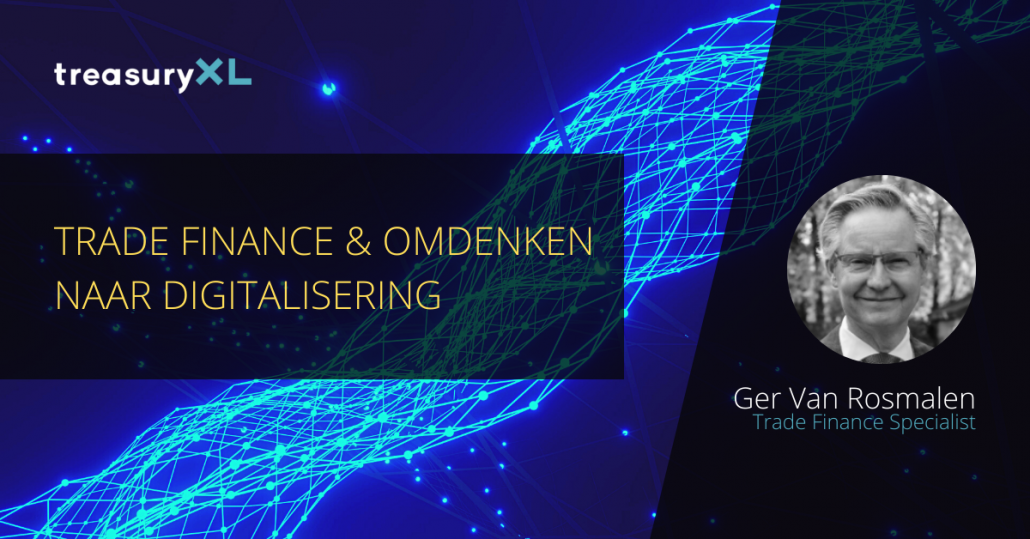As a growing business, expanding overseas can present a lot of exciting opportunities. However, it also requires some careful thought as it can seriously disrupt your existing business activities – even if only temporarily. Therefore, it’s vital that business owners looking to expand have fully understood the impact this will have on the day-to-day running of the company, as well as determining whether the rewards are going to outweigh the risks. If going overseas is the next important step for your business, that’s great news, but knowing where to start can be tricky. You need to gain a deep understanding of the competition, local market, whether you’ll need new office space and how you’ll build your international team.
That’s why we’ve put together this guide. Below, we’re going to take a look at eight steps you must take when expanding your business overseas if you hope to succeed.
Read on to find out more.
1. Perform due diligence
Following on from what we said above, before you expand overseas, it’s crucial that you understand the marketplace, competition and the risks. The best way to do this is to perform a deep dive due diligence. This should involve:
-
A market segmentation analysis to determine if your product will be well received in the local market
-
A product gap analysis when compared with other local goods or services
Competitor analysis
-
Your market opportunity/sizing
-
How you’ll need to grow/adapt your team to cater for your international expansion
By doing so, you can determine whether this is going to be the right move for your business and your workforce whilst weighing up the risks and rewards.
2. Put together a detailed strategy and business plan
As with any new business decision – especially one of this size – a detailed strategy and business plan need to be created. This needs to take into account the specific economic, cultural, governmental and market conditions in the local area.
Your strategy should include your short, medium and long-term goals, and it should set out your metrics for measuring success. It’s also important to create a budget, tactical plan, key dates and marketing strategy.
By putting together a localised strategy in this way, you can stay on the path to success whilst ensuring that your move overseas stays in line with the overall business goals and objectives.
3. Create a frontline team
When moving your business overseas, it can be tempting to quickly try and build a local team from scratch. This can be extremely time-consuming, risky and means your expansion is not going to get off to the best start.
Instead, you should consider relocating some of your key senior staff, even if the move is just temporary. By relocating proven and talented members of your team to your overseas location, you can hit the ground running.
After all, they already know the business, so they can get things set up. They can then help with the recruiting process to ensure that you employ local people who fit with the company culture and can continue to drive the business forward. This will obviously take a bit of work and lots of incentives to have staff members be willing to relocate but taking most of the stress out of it with luggage shipping and providing temporary housing is a good start.
4. Make sure your goods or services are prepared
Your gap analysis should have highlighted any areas of weakness, so you need to take the necessary steps to get your goods or services ready for the new local marketplace. This means:
-
Making changes to ensure your goods or services stand out from existing offerings
-
Determining whether you need to localise your goods or services. For example, does the name translate OK into the local language or does it need changing?
-
Getting a patent and trademark review to ensure your ideas cannot be duplicated by another local provider
-
Conducting tests and quality assurance to ensure your goods or services are up to local standards
-
Starting to build a local logistics and distribution network
5. Determine your organisational readiness
A one size fits all approach will not work when it comes to moving your business overseas. This is because the different languages, regulations, laws, customs and cultures will impact how you implement business policies and procedures.
Therefore, you need to make sure that your business can be flexible and accommodate these differences. You also need to evaluate your current structure and whether this will work in another country.
Not only this, but you need to decide on the average salaries, compensation packages and types of benefit programs you’ll be able to offer to your workforce. Remember, if you want to attract talented local professionals, you need to offer competitive packages.
6. Create a marketing strategy
When entering a new market, you need to make sure you have a go-to marketing strategy in place to help you effectively sell your goods or services overseas. This requires a strong sales model and methodology, as well as a pricing model that reflects the local market.
You also need to make sure that your branding will be well received by your new international customer base and create a marketing strategy that shouts about this.
7. Consider your legal readiness
Just as with your organisational readiness, you also need to make sure that you have all the necessary legal documentation and regulations in place, especially because some countries can be very litigious. If you’re unsure what you need to do, it might be time to get a professional opinion before spending time and money expanding overseas.
By ensuring that you get all the right local commercial agreements in place, review any local industry regulations and just generally stay proactive, you can mitigate the risks of legal action or problems further down the line.
This also includes getting the proper tax and finance infrastructures set up so that your foreign branch of the business is adhering to all local corporate policies and procedures.
8. Start establishing relationships with local businesses
The final step in this guide is to start establishing relationships with local businesses to give your own business a strong competitive advantage.
In doing so, you can create a supporting ecosystem of complementary products and services by working closely with local providers. For example, this could be manufacturers, shipping and courier services or local banks.
Now you’re finally ready to make the leap; you should be all set up financially, legally and with a team of talented professionals ready to help expand your business.























